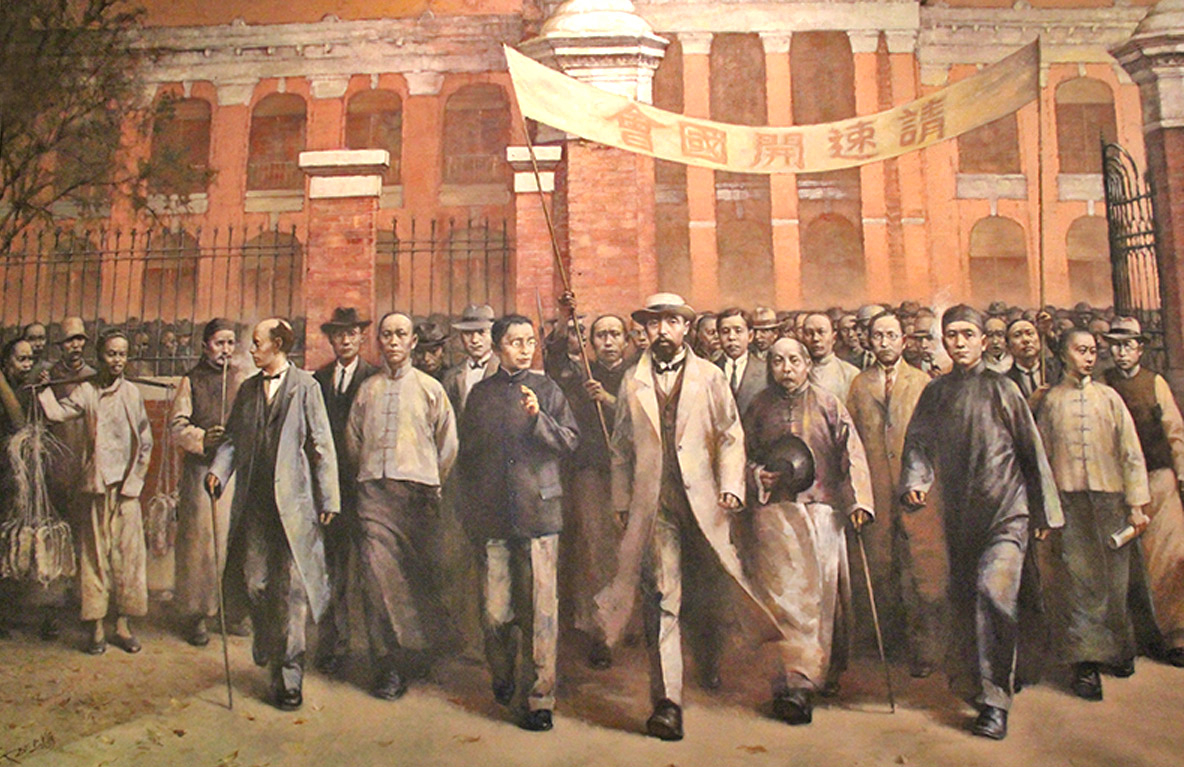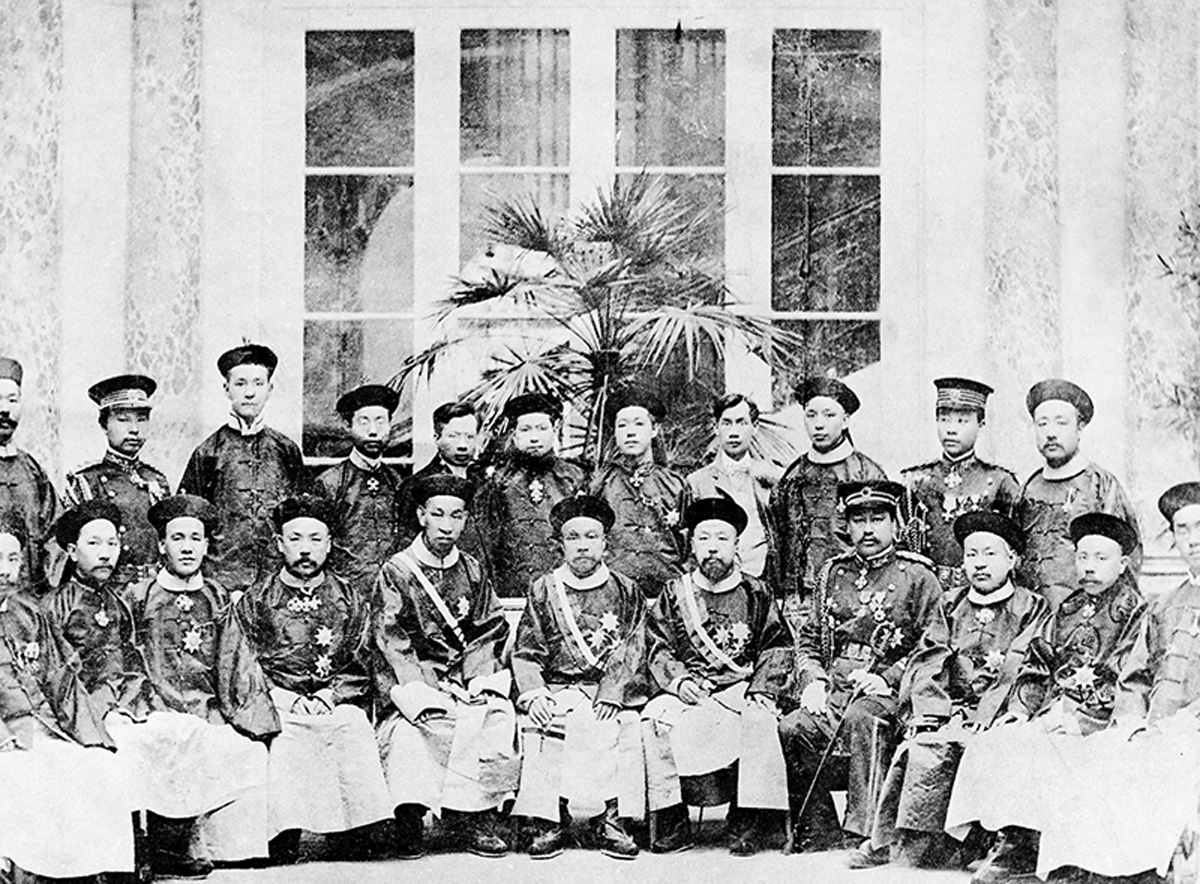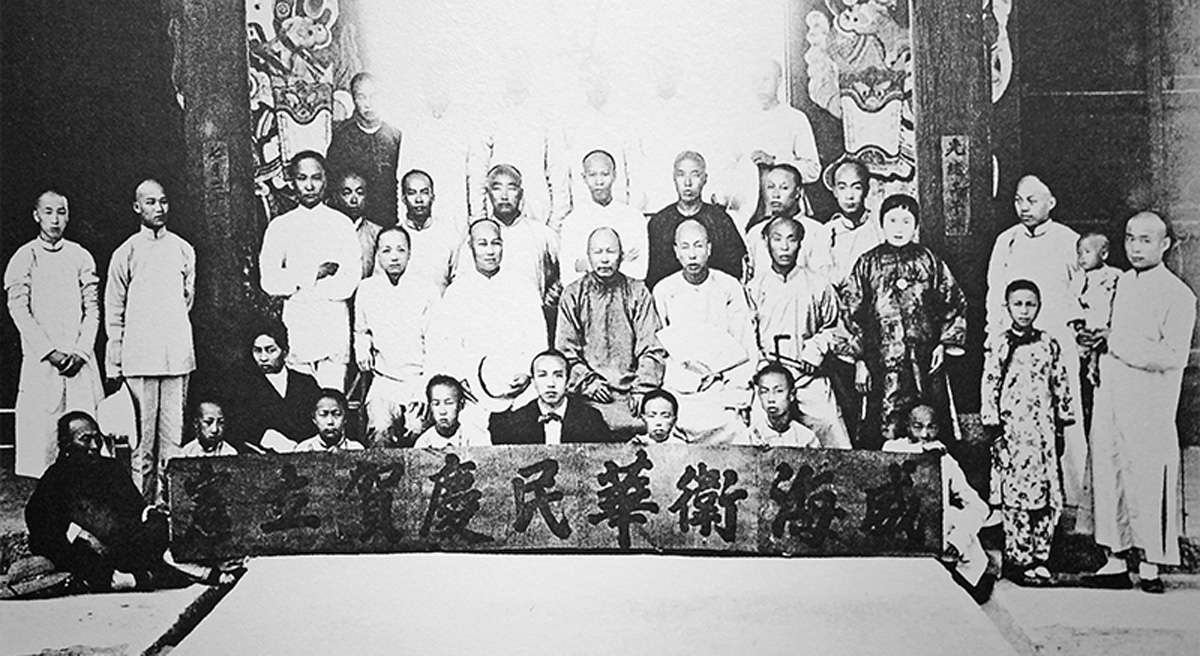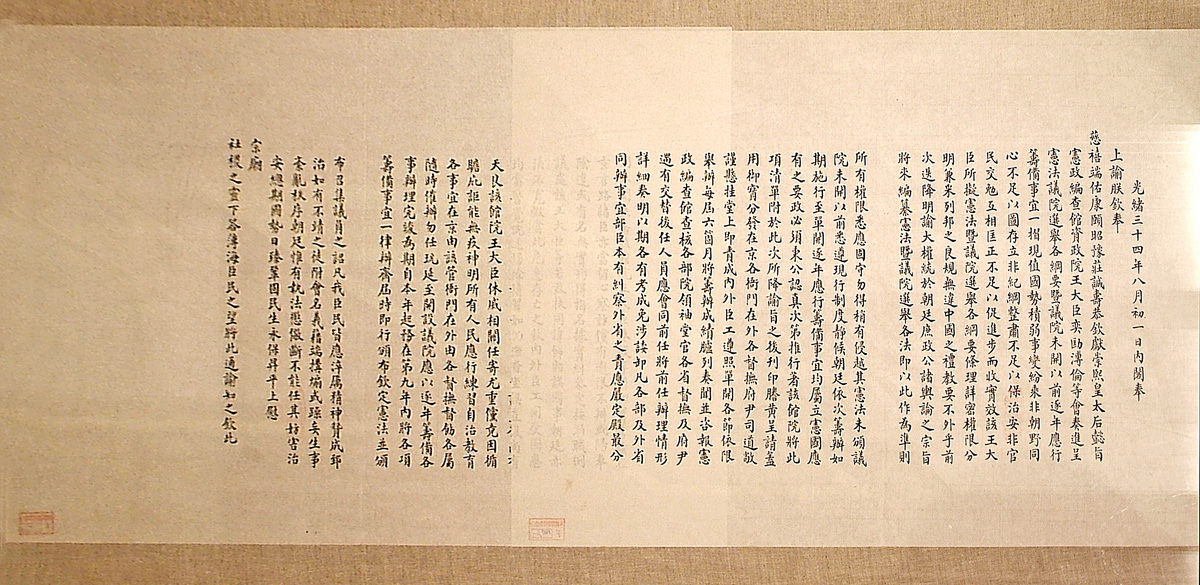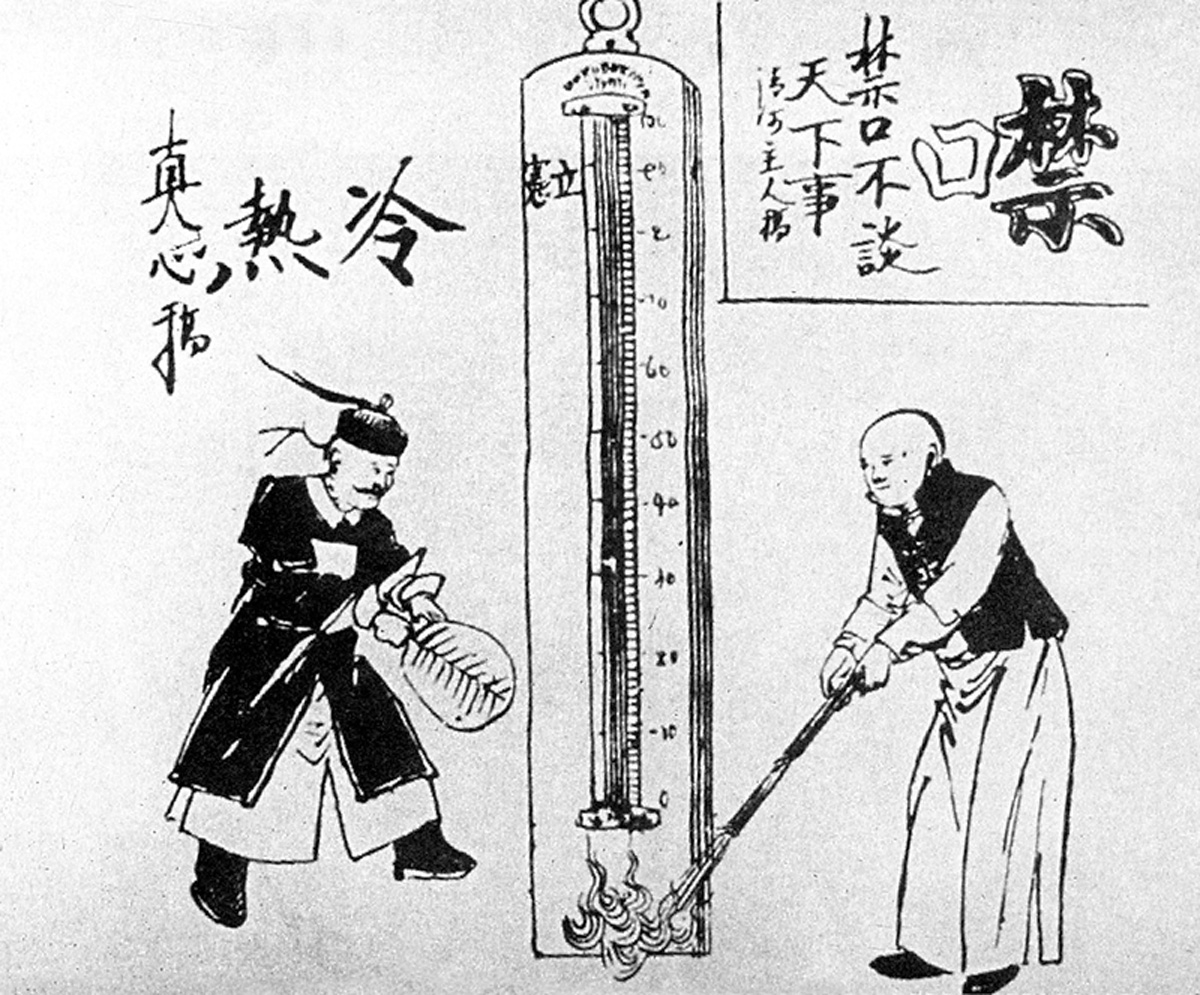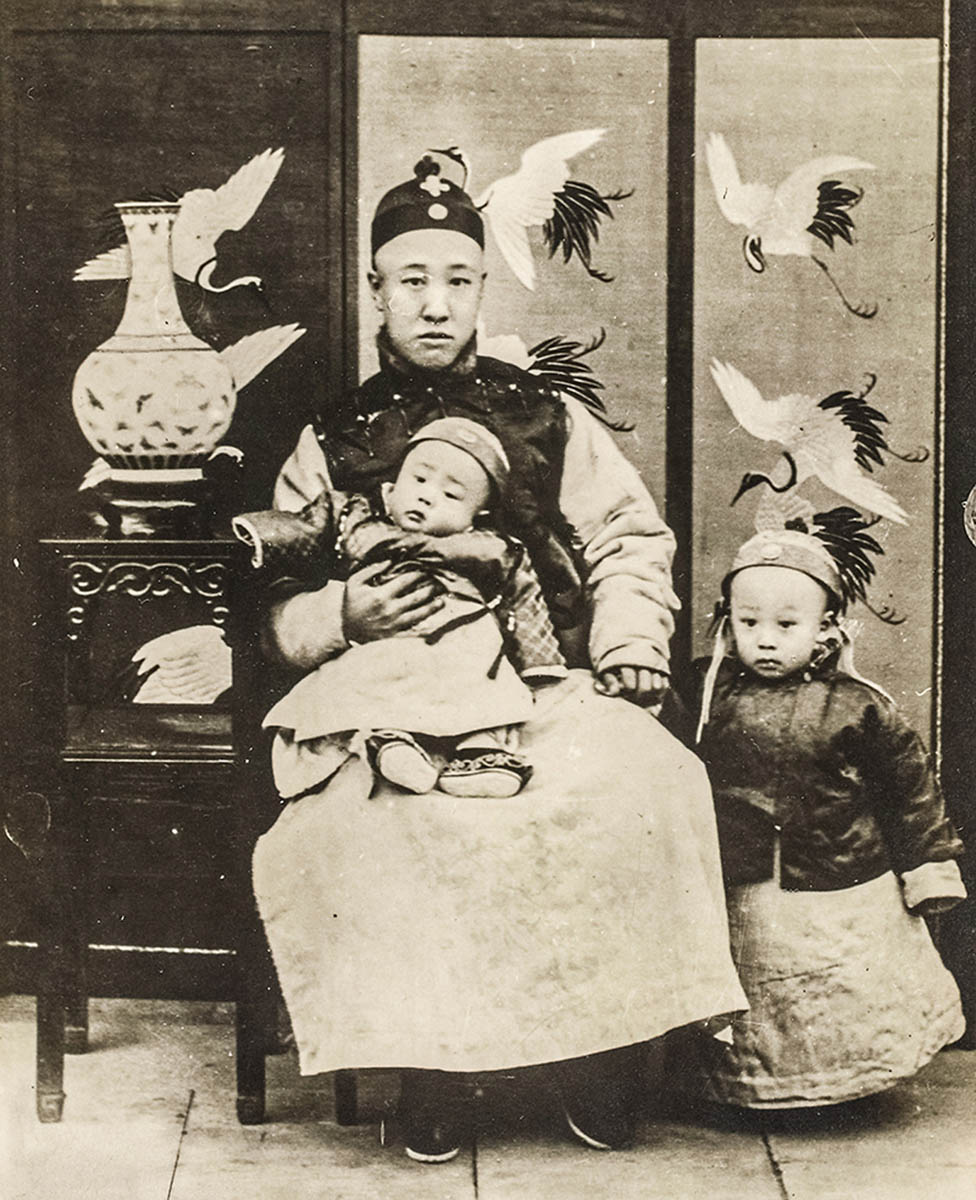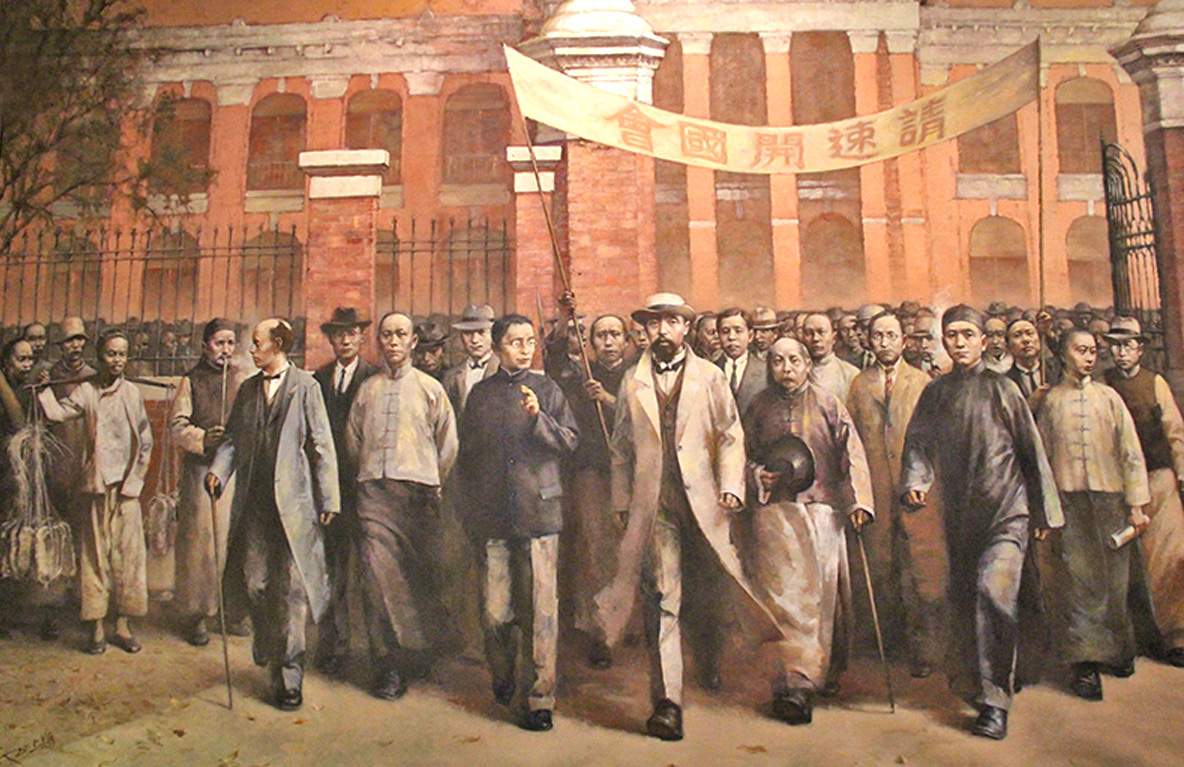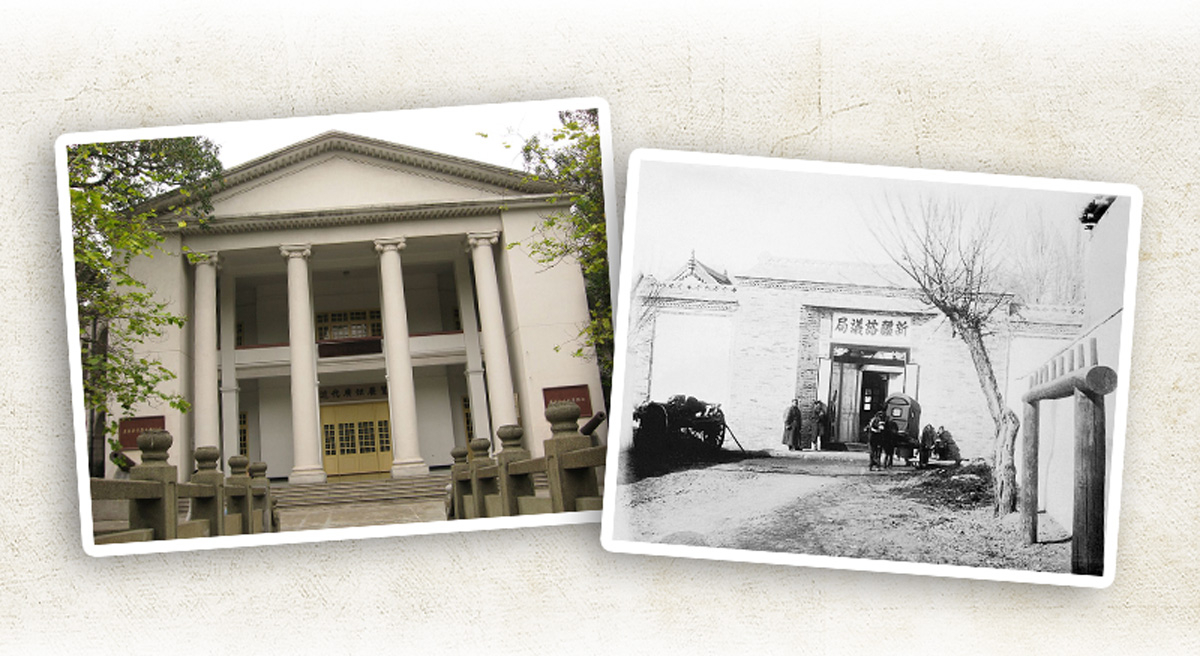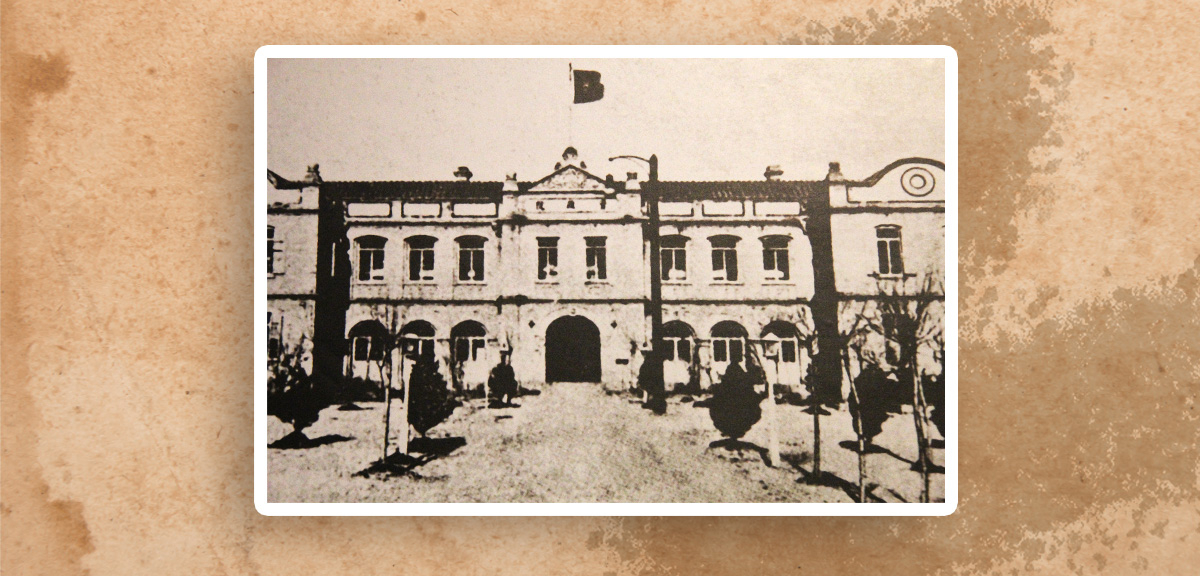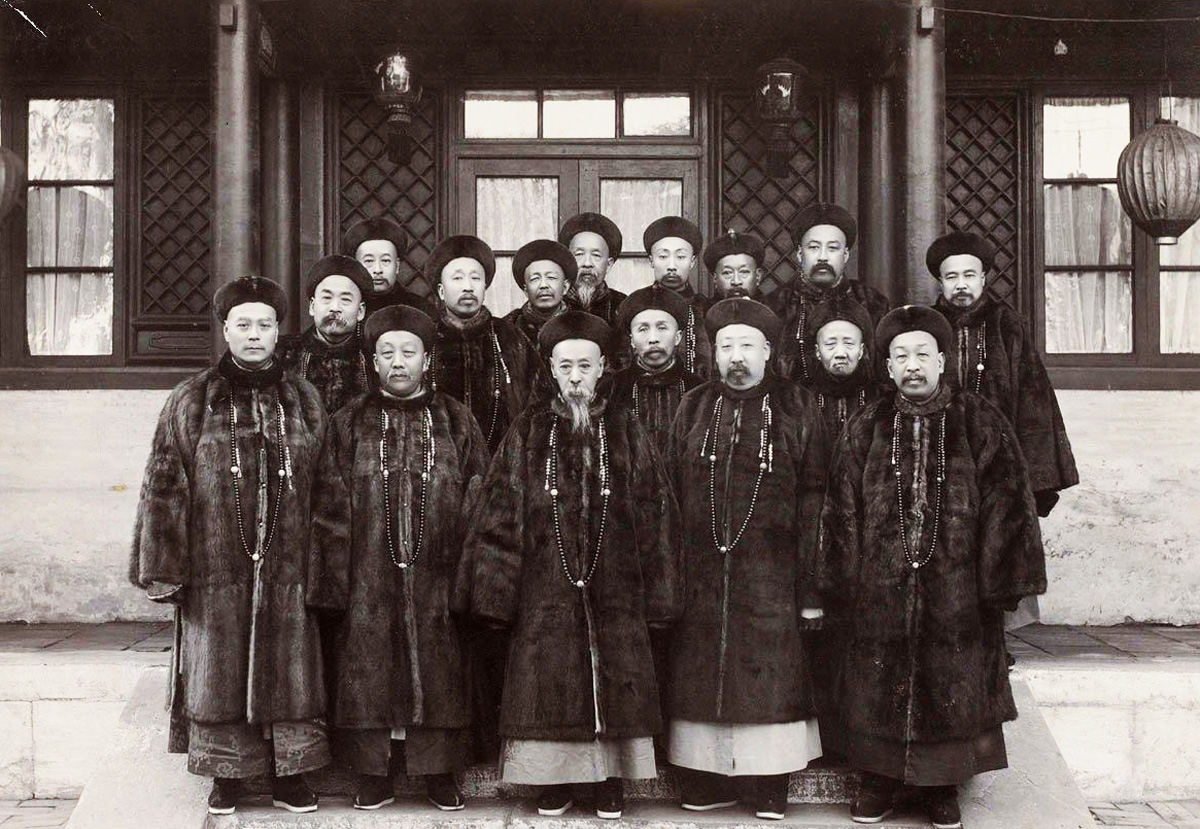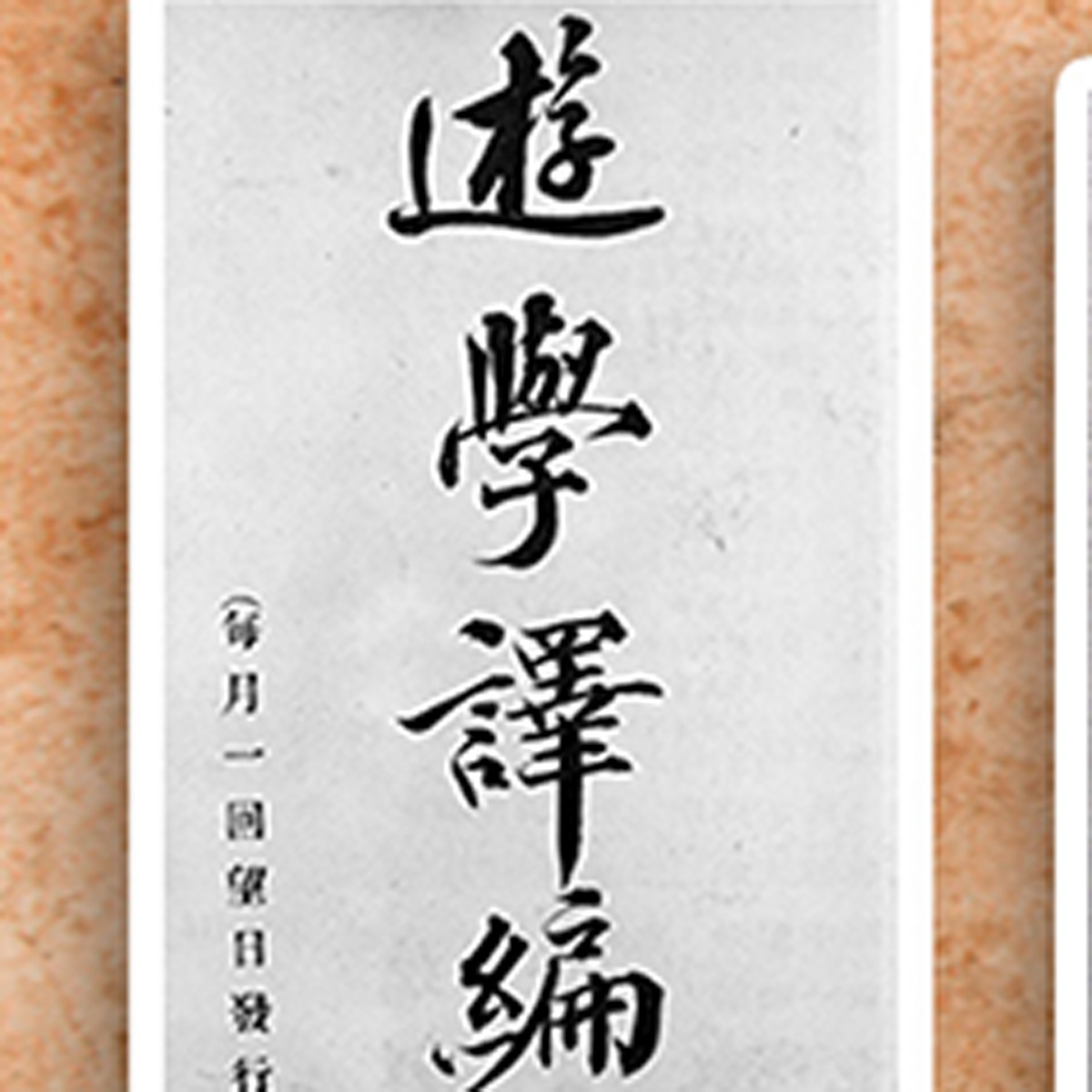Political reform was the crux of the Late Qing Reform. After launching the Late Qing Reform in January 1901, the government first established the Superintendency of Political Affairs (督辦政務處) as a dedicated institution for implementing the reforms. It then instituted a series of bureaucratic and legal measures, which included abolishing sinecures and unnecessary offices, stopping the sale of official posts, formulating new legal codes such as the Provisional Articles for Local Courts at All Levels (《各級審判廳試辦章程》), the Law for Assembly and Association (《集會結社律》), the Law of Criminal and Civil Procedure (《大清刑事民事訴訟法》), and abolishing severe forms of punishment such as lingchi (凌遲, execution by slicing) and lianzuo (連坐法, punishing the criminal and his or her whole family along).
To undertake political reform, the Late Qing Reform followed the Meiji Restoration’s footsteps in establishing a constitutional monarchy, a task the previous Hundred Days’ Reform (戊戌維新) failed to achieve. Between 1905 and 1906, the Qing government sent five officials abroad to study constitutional governance in other countries. It also established the Institute of Political Study (考察政治館) to advise on constitutional reform. In 1906 and August 1908, the Decree for Imitation of Constitutionalism (《仿行立憲上諭》) and the Outline of the Imperial Constitution (《欽定憲法大綱》) were issued respectively.
In November 1908, Emperor Guangxu (光緒) and Empress Dowager Cixi (慈禧太后) passed away successively, and Emperor Xuantong (宣統) succeeded the throne. His father Zaifeng (載灃), who served as regent, continued to establish a constitution, form a Cabinet, and facilitate provincial Consultative Bureaux (諮議局) elections. In 1910, the Advisory Council (資政院) was inaugurated. In May of the third year of Emperor Xuantong’s reign (1911), Zaifeng appointed Yikuang (奕劻, also known as Prince Qing ﹝慶親王﹞) as the Cabinet’s Prime Minister that would replace the soon-to-be-abolished Grand Council (軍機處). Of the 13 members of the Cabinet, eight were Manchus, one was Mongolian, and four were Han Chinese. As seven of the members belonged to the imperial clan, it was mocked by revolutionaries as the “Royal Cabinet”, although, to be fair, the initiative represented China’s first step towards constitutionalism.
Ultimately, the Late Qing Reform came to an untimely end and was relegated to history when the Xinhai Revolution (辛亥革命) erupted on 10 October 1911.
|
|
Some believe the Late Qing Reform was implemented solely for saving the failing Qing regime. Is that an accurate assessment? |
|
|
See answer below. |
A group photo of the officials sent to Rome, Italy, to study constitutional governance. To initiate constitutional reform, the Qing government sent five officials abroad to study constitutionalism between 1905 and 1906.
The Decree for Imitation of Constitutionalism issued in 1906 was generally well-received by the public. Pictured are the residents of Weihaiwei (威海衛), Shandong Province (山東), posing behind a banner saying “the Chinese people of Weihaiwei celebrate the establishment of constitutionalism”.
On 16 December 1906, the Association for the Preparation of Constitutionalism (預備立憲公會) was established in Shanghai (上海). It helped promote and advocate constitutionalism by issuing a series of publications such as the Official Journal of the Association for the Preparation of Constitutionalism (《預備立憲公會官話報》) and the Essential Reading for Citizens, First Edition (《公民必讀初編》).
The Outline of the Imperial Constitution issued in 1908 officially presented the timetable and procedures for establishing constitutionalism.
A satirical cartoon about the Qing dynasty’s approach to constitutionalism. In 1908, the Qing government laid out a nine-year timetable for preparing a constitutional monarchy. Many who were in favour of the initiative were dismayed by the long preparation period.
A photo of Zaifeng (載灃, also known as Prince Chun﹝醇親王﹞) with his sons Puyi (溥儀, on the right) and Pujie (溥傑, on Zaifeng). In November 1908, Emperor Guangxu and Empress Dowager Cixi passed away successively. The 3-year-old Puyi was enthroned as Emperor Xuantong with Zaifeng serving as regent.
A painting depicting the late Qing constitutional movement. The banner saying “Please convene a parliament immediately” is in the background. The promulgation of the Outline of the Imperial Constitution sparked nationwide petitions for expediting the constitutional process. It gradually developed into a political movement that pressured the Qing government to speed up.
The former site of the Guangzhou Consultative Bureau (廣州諮議局) and the late Qing Xinjiang Consultative Bureau (新疆諮議局). Provincial Consultative Bureaux were formed in 1909. As provincial-level institutions that represented the people, they were equivalent to modern-day regional councils whose members are elected by the people. The Consultative Bureaux election marked the first democratic election of people’s representatives in Chinese history.
The Advisory Council Building (資政院大樓) in Beijing (北京). Inaugurated in 1910, the Advisory Council was the nation’s parliamentary body and was equivalent to a modern-day parliament.
A photo of Qing China’s first Cabinet. On 8 May 1911, Zaifeng appointed Yikuang (the third figure from the left in the first row) as the Cabinet’s Prime Minister and tasked him to select the members. Of the Cabinet’s 13 members, eight were Manchus, one was Mongolian, and four were Han Chinese. As seven members of the Cabinet belonged to the imperial clan, it was mocked as the “Royal Cabinet” by critics. While the Qing government launched the constitutional reform to strengthen its reign, its slow approach to the constitutional process and the controversy over the “Royal Cabinet” ended up accomplishing the opposite and fuelling public discontent.
|
|
Some believe the Late Qing Reform was implemented solely for saving the failing Qing regime. Is that an accurate assessment? |
|
|
As an initiative conceived amidst the invasion of the Eight-Nation Alliance, the Late Qing Reform was the Qing dynasty’s last effort to salvage the failing regime beleaguered by internal and external woes. Nevertheless, over its ten years of implementation, the reform movement managed to reinstate and enhance many measures of the previous Hundred Days’ Reform. Politically, it embarked upon establishing a constitutional monarchy. Economically, it promoted the development of capitalist industries. Militarily, it accelerated the modernisation of national defence and, in the cultural and educational aspects, it abolished the imperial examination system and established a new curriculum. Thus, the reform movement was significant for being China’s third attempt (after the Self-strengthening Movement ﹝洋務運動﹞and the Hundred Days’ Reform) at modernisation. It took China further down the path of development than its two predecessors. Its fatal flaw was that it was initiated far too late; for by then, the Qing dynasty was already doomed and well beyond saving by any kind of reform. |
Source of most photos used in this feature piece: Fotoe




